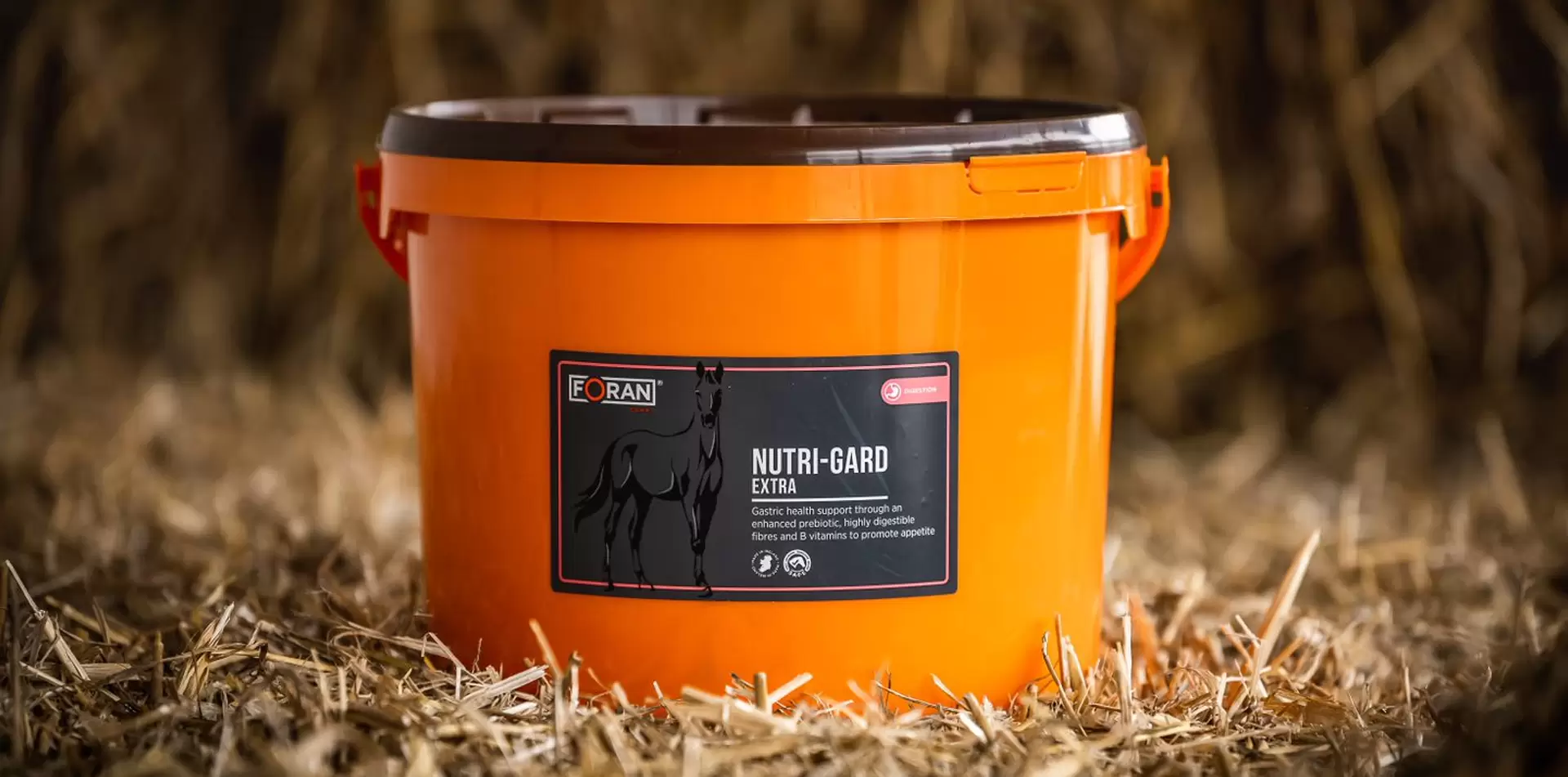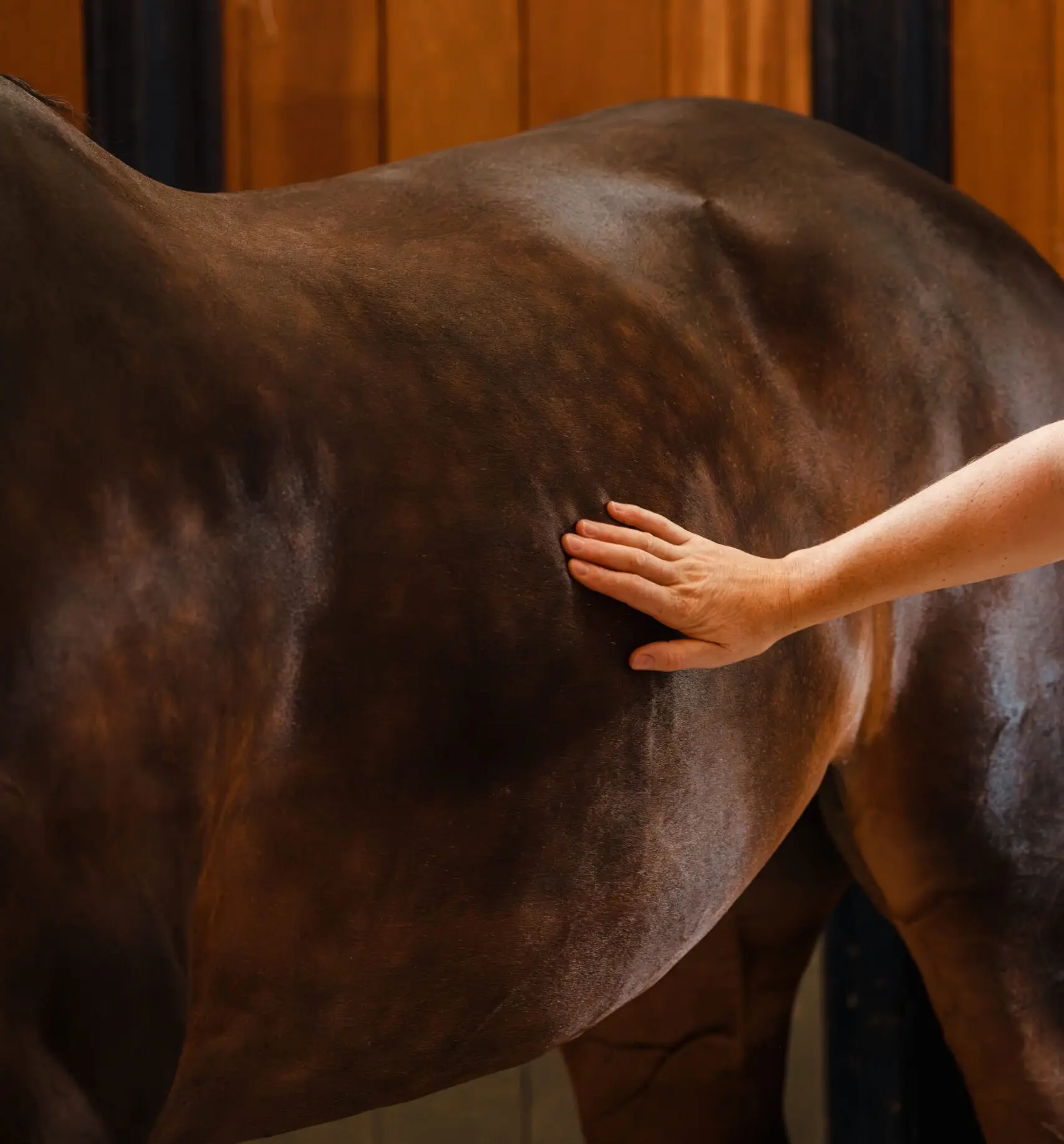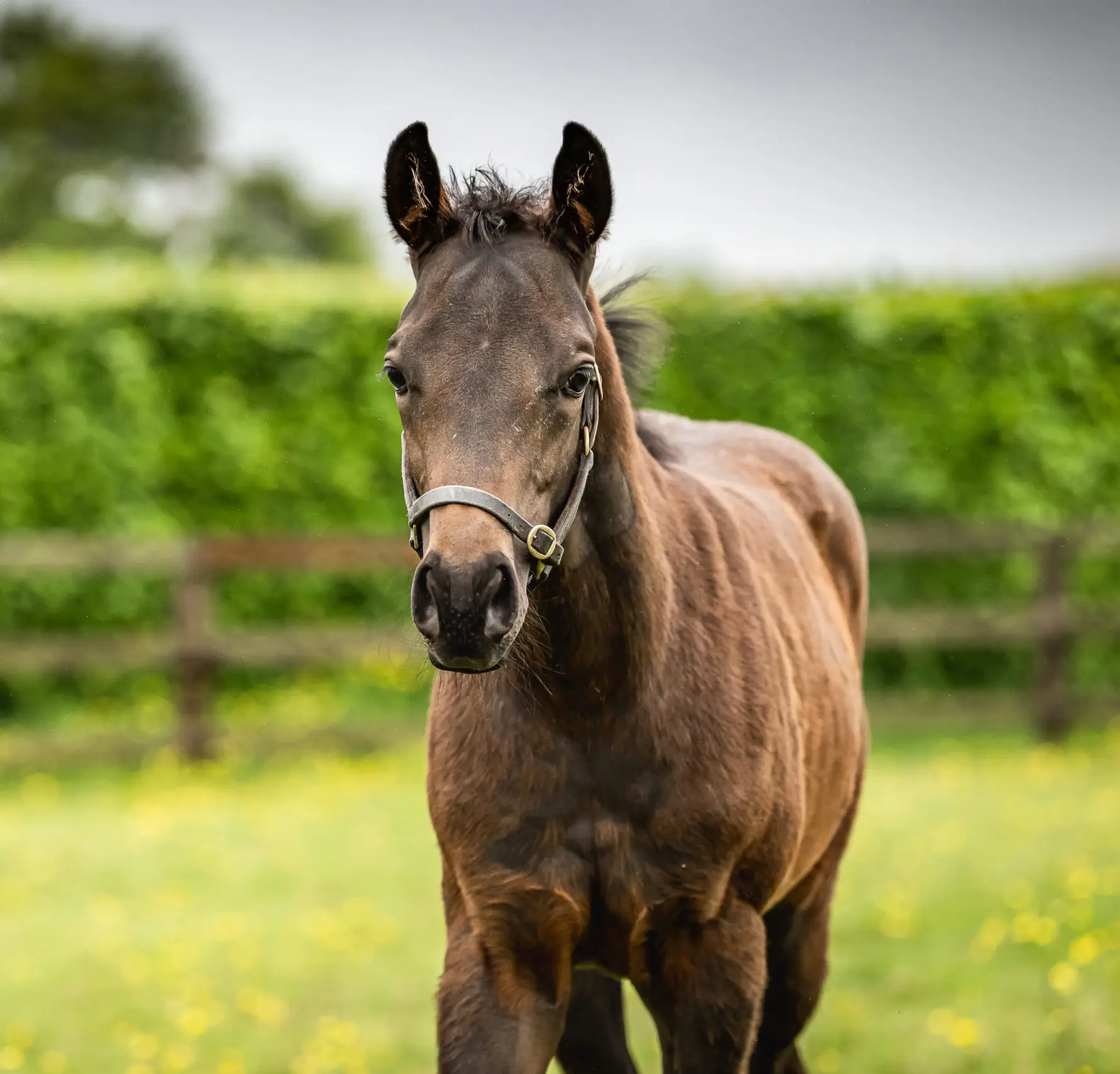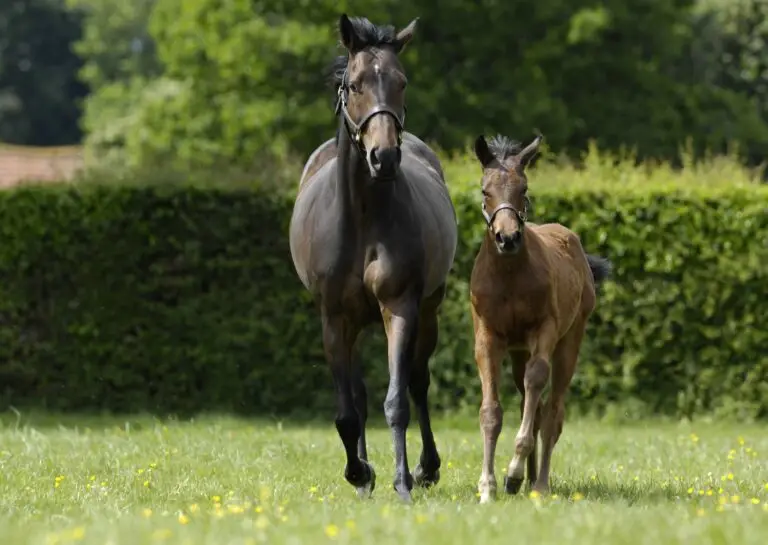
Colic is a relatively common condition in horses, with studies showing that 4-10% of horses are diagnosed with colic every year.1 However, it is important to be aware that some types of colic are more serious than others.
What is colic and what are the common causes?
In veterinary terms, “colic” simply means abdominal pain. Because this term is so broad, there can be a multitude of underlying conditions – some of which are more serious than others.
Horses have a unique and complicated digestive system which predisposes them to different types of colic that can range from being uncomfortable, to being life-threatening:
- Gas (tympanic)
- Spasmodic
- Impaction
- Displacement/entrapment
- Torsion (twisted gut)
- Strangulation
- Sand
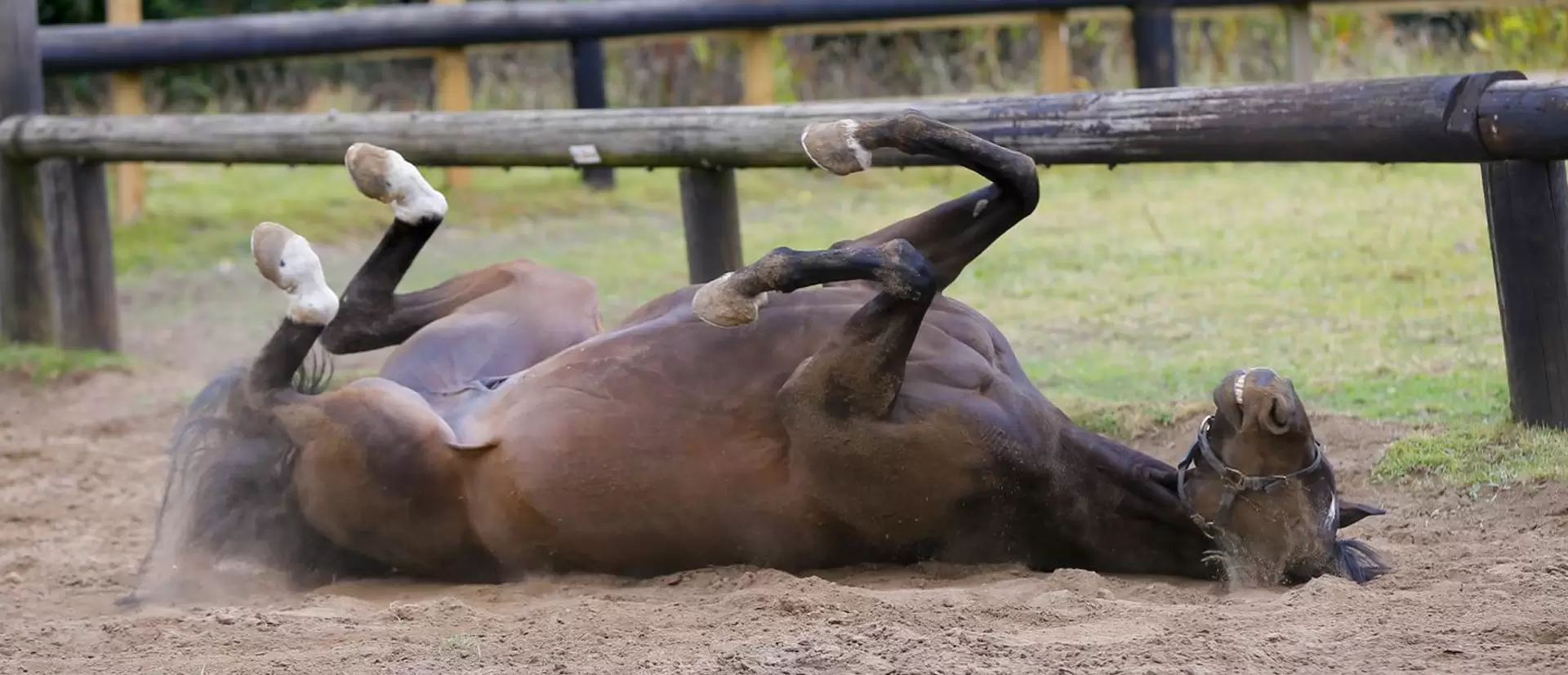
Gas (tympanic) colic
Occurs when there is an excessive build-up of gas within the large intestine. Horses may look bloated.
Spasmodic colic
One of the most common types of colic and is the result of intestinal cramps or spasms.
Impaction colic
Occurs when partially digested feed – typically roughage – builds up in the intestine (usually the large intestine), resulting in a blockage or impaction. The horse will often struggle to pass faeces.
Displacement/entrapment colic
Occurs when an area of the intestine moves from its normal location in the abdominal cavity to somewhere else. When this displacement cannot freely move back to its original location, it becomes an entrapment.
Displacements and entrapments are very serious because this change in location stretches the blood supply to the intestine, which can result in damage and tissue death.
Torsion (twisted gut)
A twisted gut occurs when a portion of the intestine twists on itself, a condition known as intestinal torsion, or when a portion of the intestines inverts into itself, a problem called intussusception. This type of colic accounts for a small proportion of colic cases overall, but the condition is very serious, and often life-threatening when it does occur.
Strangulation colic
A twisted gut, displacement or impaction can result in strangulation colic which is very serious. Strangulation colic occurs when the blood supply to an area of the intestines is cut off (strangulated). Cutting off the blood supply results in rapid death of the intestine wall, a life-threatening situation.
Sand colic
Sand colic occurs in horses living in sandy areas, or horses fed from sandy ground. Fine sand particles build up in the large intestines, resulting in colic.
What signs might I see if my horse has colic?
Despite the many different types of colic, the signs of colic in horses are often non-specific. The typical signs of colic that most horse owners are familiar with include the following:
- Pawing the ground
- Flank watching
- Kicking or biting the flank
- Tail swishing
- Repeatedly lying down and getting up again
- Lying down for extended periods
- Throwing themselves onto the ground
- Rolling
- Curling the upper lip
- Displaying a stretched stance with hind legs far behind
- Sweating
- Increased breathing rate
- Inappetence
- Dullness or agitation
- Groaning
As these signs are non-specific, they often give little indication as to what type of colic the horse has.
What should I do if my horse shows signs of colic?
If you think your horse has colic, you should call your vet. They will be able to advise on the next steps, and will usually recommend a visit so they can assess your horse and treat accordingly. In many cases, earlier treatment of colic results in better outcomes.
While waiting for your vet to arrive, you should bring your horse into a stable or small sectioned-off area, if safe to do so. Provide deep bedding if your horse is rolling and remove any feed, but still allow constant access to water. Horses that are rolling or getting up and down can be hand walked if it is safe to do so. Make sure you also monitor your horse closely for signs of deterioration.
What is the treatment for colic?
Your vet may need to visit and assess your horse. They will check their mucus membrane colour, hydration status, heart rate, temperature, respiratory rate and gut sounds. Your vet may also perform a rectal examination, nasogastric intubation, abdominal ultrasound, a belly tap or blood sampling. All of these tests help your vet get a more accurate picture of the type of colic affecting your horse, so they can work with you to implement an appropriate treatment plan. Treatment options which your vet will consider often include:
- Pain relief
- Antispasmodics
- Electrolytes and fluid therapy
- Laxatives
- Surgery
Pain Relief
Horses with colic are in pain. Common equine pain-relieving medications such as phenylbutazone are normally used as part of a colic treatment plan.
Antispasmodics
Some horses with colic have over-active spasming intestines, meaning medicines that reduce intestinal movement are often appropriate.
Electrolytes and fluid therapy
Dehydrated horses will need electrolytes and fluids administered via a stomach tube or intravenous drip. Some impactions will also be treated this way.
Laxatives
Laxatives such as liquid paraffin can be given using a stomach tube and are particularly useful for cases of impaction as they can help to lubricate the impaction itself, which can help to move it along.
Surgery
Surgery may be needed for cases of twisted gut, strangulation and displacement or entrapment. Although these surgeries are often high-risk, owners need to consider that, without surgery, the prognosis for these individuals is extremely poor.
How can I help to reduce the chance of my horse developing colic?
The unique structure and functioning of the horse’s digestive system means that all horses are potentially prone to colic. However, there are some risk factors associated with colic that owners should be aware of:
- Worm control – heavy worm burdens will increase the risk of colic
- Dietary change – rapid diet changes will increase the chance of colic developing
- Roughage quality – diets predominately containing coarse roughage (such as straw) are often associated with impaction colic
- Concentrate feeding – feeding large quantities of concentrates in one or two feeds increases the risk of colic. Feed little and often to reduce this risk
- Dental health – poor dentition can be associated with impaction colic
- Pasture access – horses with more time at pasture tend to have lower incidences of colic
- Exercise – in fit horses with regular exercise, reduced exercise will increase the chance of colic developing
- Cribbing and wind-sucking – horses that crib have an increased incidence of colic
- Transport – horses have more chance of developing colic after travelling
- Post pregnancy – mares have a greater incidence of colic in the two to six months after having a foal
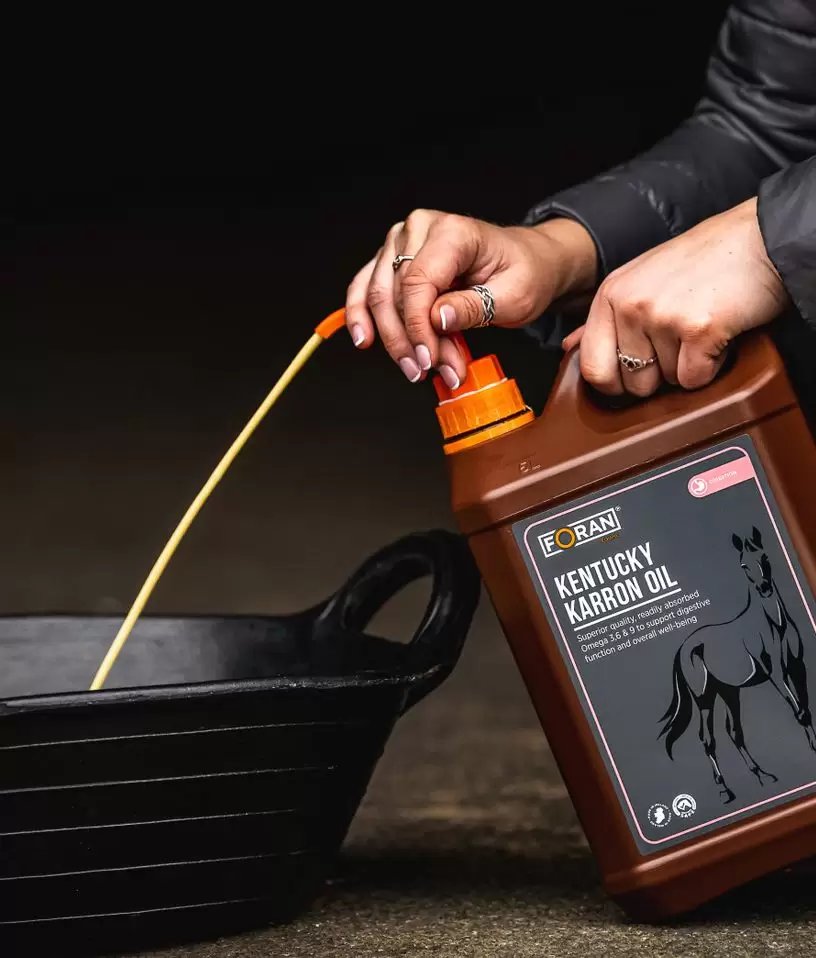
You can’t control all of these risk factors, however, being aware of them can allow you to adjust your horse’s management to help minimise their risk of developing colic. Supporting your horse’s digestive health may also be beneficial. Nutri-Gard Extra, Kentucky Karron Oil and B-Complete can all help maintain digestive health.
If you have concerns or more questions about colic in horses, be sure to contact one of our equine specialists for further advice.
References:
1.Dukti, S., Management of Mild Colic. Practical Guide to Equine Colic, 2012






 E-Store
E-Store